Education in Bangladesh : The Basics

Education is the foundation of a nation’s progress, and in Bangladesh, conventional education has long served as the primary pathway for academic learning, professional development, and societal growth. From primary school classrooms in remote villages to crowded lecture halls in Dhaka, the formal education system shapes the future of millions of children and young adults across the country.
In this article, we try to exhibit the core structure, characteristics, challenges, and developments of conventional education in Bangladesh. Whether you’re a student, a guardian, a educator, or a policymaker, understanding the basics of this system is vital for making informed decisions and contributing to educational improvement.
Structure of Conventional Education in Bangladesh
The education system in Bangladesh is neatly organized into several levels, overseen by the Ministry of Education (MoE) and the Ministry of Primary and Mass Education (MoPME). Here’s how the formal structure looks:
a) Pre-primary Education
Pre-primary education normally covers children aged 4–6. It’s a preparatory stage before the first grade or what is called class 1 in bangladesh, focusing on basic literacy, numeracy, and social skills.
- Institutions: Mostly public primary schools and private kindergartens.
- Status: Not compulsory, but increasingly encouraged by the government.
b) Primary Education (Classes 1–5)
Primary education is the first formal stage of education and is compulsory and free in public schools.
- Duration: 5 years (Grades 1–5).
- Age Group: 6–10 years.
- Examinations: Primary Education Completion (PEC) Exam (previously held at Grade 5, recently under reform).
c) Secondary Education (Classes 6–10)
Secondary education is divided into two levels:
- Junior Secondary (Classes 6–8)
- Secondary (Classes 9–10)
At the end of Class 10, students take the Secondary School Certificate (SSC) examination.
- Streams: Students typically choose between Science, Business Studies (Commerce), and Humanities from Class 9.
- Curriculum: Based on the National Curriculum and Textbook Board (NCTB).
d) Higher Secondary Education (Class 11–12)
This phase is covered by colleges, known locally as Higher Secondary Certificate (HSC) colleges.
- Certification: Higher Secondary Certificate (HSC) exam after Class 12.
- Age Group: Typically 16–18 years.
- Streams Continue: Science, Business Studies, and Humanities.
e) Tertiary (University) Education
Post-secondary education includes public and private universities, technical institutes, and colleges offering bachelor’s, master’s, and doctoral degrees.
- Types of Institutions:
- Public universities (e.g., University of Dhaka, BUET)
- Private universities (e.g., North South University, BRAC University)
- National University-affiliated colleges
- Medical and Engineering colleges
- Governance: University Grants Commission (UGC) oversees higher education institutions.
Types of Conventional Educational Institutions
a) Government/Public Schools
These are state-funded schools offering free education, especially at the primary and secondary levels. They play a crucial role in rural and underserved areas. They’re branded as free but still have a minuscule amount of fees collected year-round.
b) Private Schools
Private schools often follow the same NCTB curriculum but usually offer better facilities, teacher-student ratios, and English-medium instruction.
c) English-Medium Schools
These follow international curricula (e.g., Cambridge, Edexcel) and operate independently of the NCTB system. Though technically not part of “conventional education,” many elite families opt for these institutions. Such institutions are a source of prestige and are afforded almost exclusively by the social elites
d) Madrasa Education
Madrasa education follows either the Aliya system (modernised, under government regulation) or the Qawmi system (independent and religious). The Aliya system blends religious studies with general subjects.
Curriculum and Instruction
The National Curriculum and Textbook Board (NCTB) is responsible for designing and distributing textbooks and syllabi from primary to higher secondary levels. The curriculum is uniform for all public schools and most private institutions that follow the Bangla-medium system.
Key Features:
- Focus on Bangla and English as compulsory languages.
- Core subjects: Mathematics, Science, Social Science, ICT, Religion, Physical Education.
- Emphasis on rote learning, especially in public exams.
- Recent reforms aim to promote critical thinking and skill-based learning.
Public Examinations
a) PECE (Primary Education Completion Exam)
Held after Grade 5. Recently, efforts are being made to shift toward continuous assessment.
b) JSC (Junior School Certificate)
Conducted after Grade 8. May be phased out under new policies.
c) SSC (Secondary School Certificate)
Held after Grade 10. A major national exam determining eligibility for college-level education.
d) HSC (Higher Secondary Certificate)
Conducted after Grade 12. Marks play a significant role in university admissions.
e) University Admission Tests
Public universities conduct separate admission tests, often highly competitive. Private universities usually follow internal admission processes.
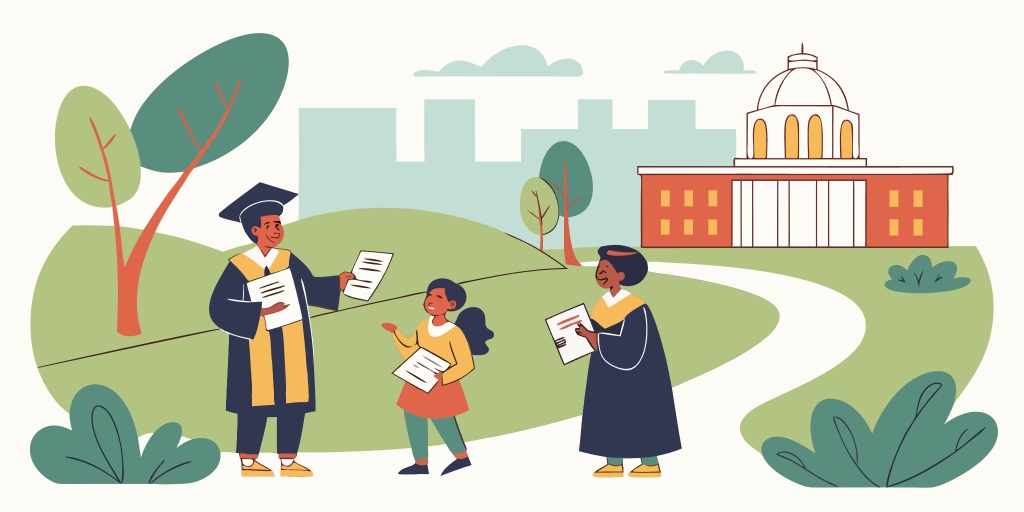
Grading and Evaluation
Grading in Bangladesh is based on the Grade Point Average (GPA) system:
- GPA 5.00 is the highest score.
- Different subjects carry varying weight.
- Continuous assessment is limited, although some schools are trying to incorporate it.
Teacher Qualifications and Training
a) Primary Teachers
- Required to have at least an HSC or bachelor’s degree.
- Undergo training from the National Academy for Primary Education (NAPE).
b) Secondary Teachers
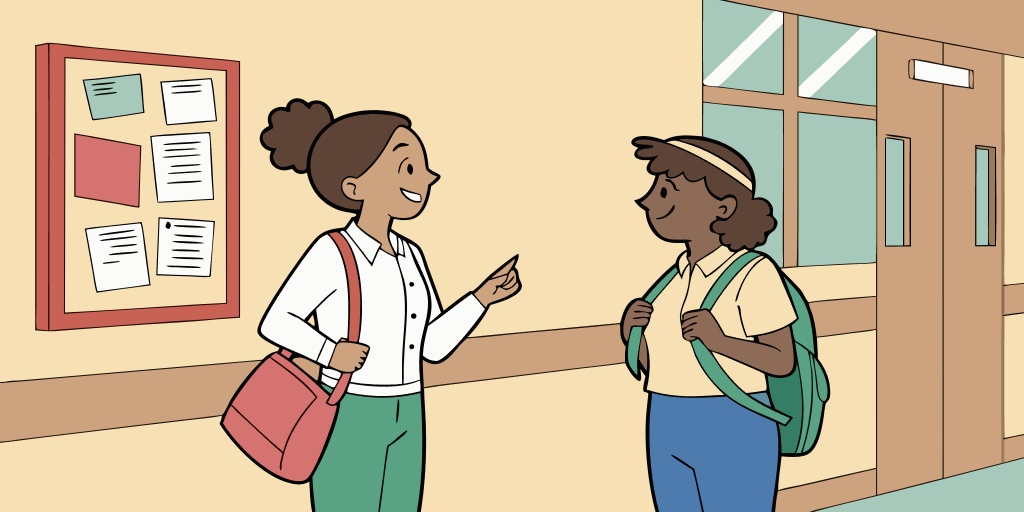
- Bachelor’s in Education (B.Ed.) or Master’s preferred.
- Training provided by Teacher Training Colleges and the National University.
Teacher quality varies widely across urban and rural areas. There’s also a shortage of subject-specific trained teachers, particularly in science and ICT.
Challenges Facing Conventional Education
Despite progress, the system faces significant challenges:
a) Overemphasis on Exams and Rote Learning
- Students often memorise answers without understanding concepts.
- Creative thinking and problem-solving skills are underdeveloped.
b) Inequality Between Urban and Rural Areas
- Rural schools often lack infrastructure, teachers, and teaching materials.
- Urban schools, especially private ones, offer better facilities.
c) Dropout Rates
- Dropouts remain a concern at the secondary level, especially among girls due to early marriage, financial constraints, or household responsibilities.
d) Inadequate Teacher Training
- Many teachers lack proper pedagogical training.
- Teaching methods are often outdated and lecture-based.
e) Limited Access to Technology
- Digital learning tools are rare in public schools.
- Pandemic-related remote learning initiatives exposed the digital divide.
Recent Reforms and Developments
The government has initiated several programs to address these issues:
a) National Education Policy 2010
- Aims for uniform education, increased teacher training, and ICT integration.
b) Textbook Digitization
- Free digital textbooks are available online to promote accessibility.
c) Compulsory Pre-primary Education
- Strengthening foundational skills before primary education.
d) Pilot Programs for Continuous Assessment
- Replacing high-stakes exams with more balanced evaluation.
e) Introduction of Technical and Vocational Education
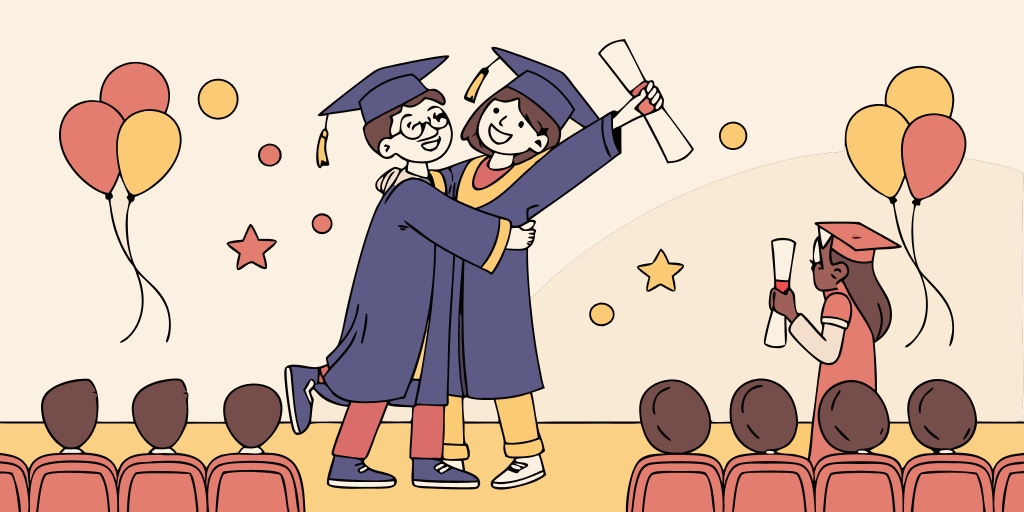
- Encouraging technical education as a mainstream path to employment.
The Way Forward
Conventional education in Bangladesh is at a crossroads. While it has expanded access and enrollment, true quality remains elusive for many. Here are some potential paths for improvement:
- Curriculum Reform: Shift toward practical, skill-based education that promotes creativity and critical thinking.
- Teacher Investment: Training, incentives, and accountability mechanisms to improve teacher performance.
- Infrastructure Development: Especially in remote areas to ensure equitable access.
- ICT Integration: Training both students and teachers in using technology for education.
- Inclusive Education: Special needs students, indigenous communities, and other marginalised groups must be integrated.
conclusion
Conventional education in Bangladesh forms the backbone of the nation’s academic and professional development. While it has made strides in expanding access and enrollment, challenges like exam-centric learning, inequality, and lack of trained teachers persist. Ongoing reforms aim to make education more inclusive, practical, and technology-driven. With continued investment and innovation, the system can evolve to better prepare students for the demands of modern life and contribute to national growth.
(FAQ)
What is the structure of the education system in Bangladesh?
The education system in Bangladesh is divided into five levels: Primary (Grades 1–5), Secondary (Grades 6–10), Higher Secondary (Grades 11–12), Undergraduate (Bachelor’s), and Postgraduate (Master’s and beyond).
At what age do children usually start school in Bangladesh?
Most children begin primary education at the age of 6.
Is education in Bangladesh free?
Primary education is free and compulsory in government schools. Secondary and higher education may require tuition fees, though there are scholarships and stipends available for eligible students.
What languages are used in Bangladeshi schools?
Bangla is the primary medium of instruction in most schools. English is taught as a second language and is the medium in many private and international schools.
What exams are students required to take?
Students take national exams at the end of Grade 5 (PSC), Grade 8 (JSC), Grade 10 (SSC), and Grade 12 (HSC) before pursuing university-level education.
How is higher education organized in Bangladesh?
Higher education is offered through public and private universities, as well as colleges affiliated with the National University. Programs usually last 3–4 years for a Bachelor’s degree and 1–2 years for a Master’s.
What challenges does the education system face?
Key challenges include overcrowded classrooms, limited resources in rural areas, teacher shortages, and ensuring quality education across all regions.
Are there opportunities for technical or vocational education?
Yes. Bangladesh has numerous Technical and Vocational Education and Training (TVET) institutions that offer skill-based programs for various trades and professions.
How is the government improving education?
The government is investing in teacher training, infrastructure development, digital education initiatives, and expanding access to education for marginalized groups.
What role do private and NGO-run schools play?
They supplement the public system by offering alternative curriculums, English-medium education, and schooling in areas underserved by government institutions.
More from us

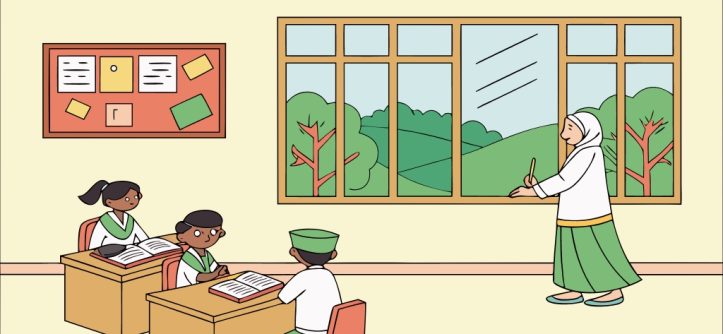


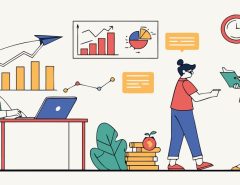
Leave a Reply